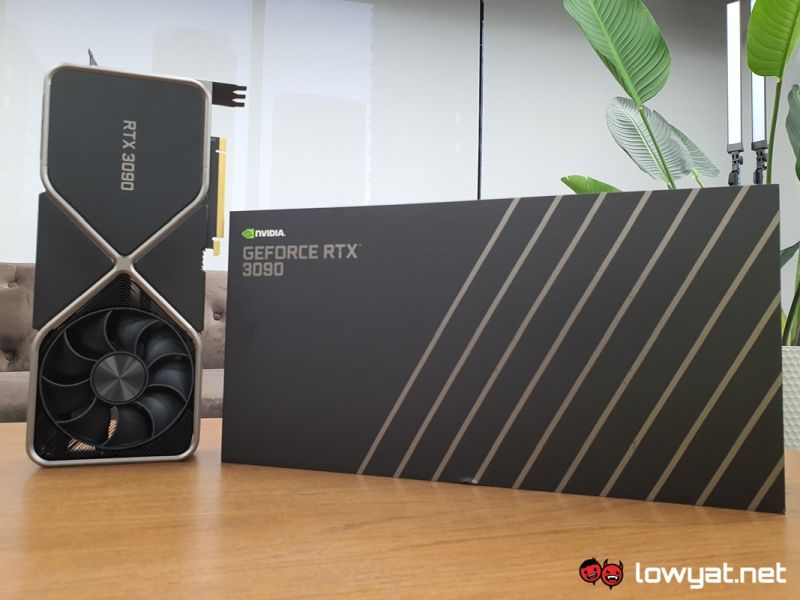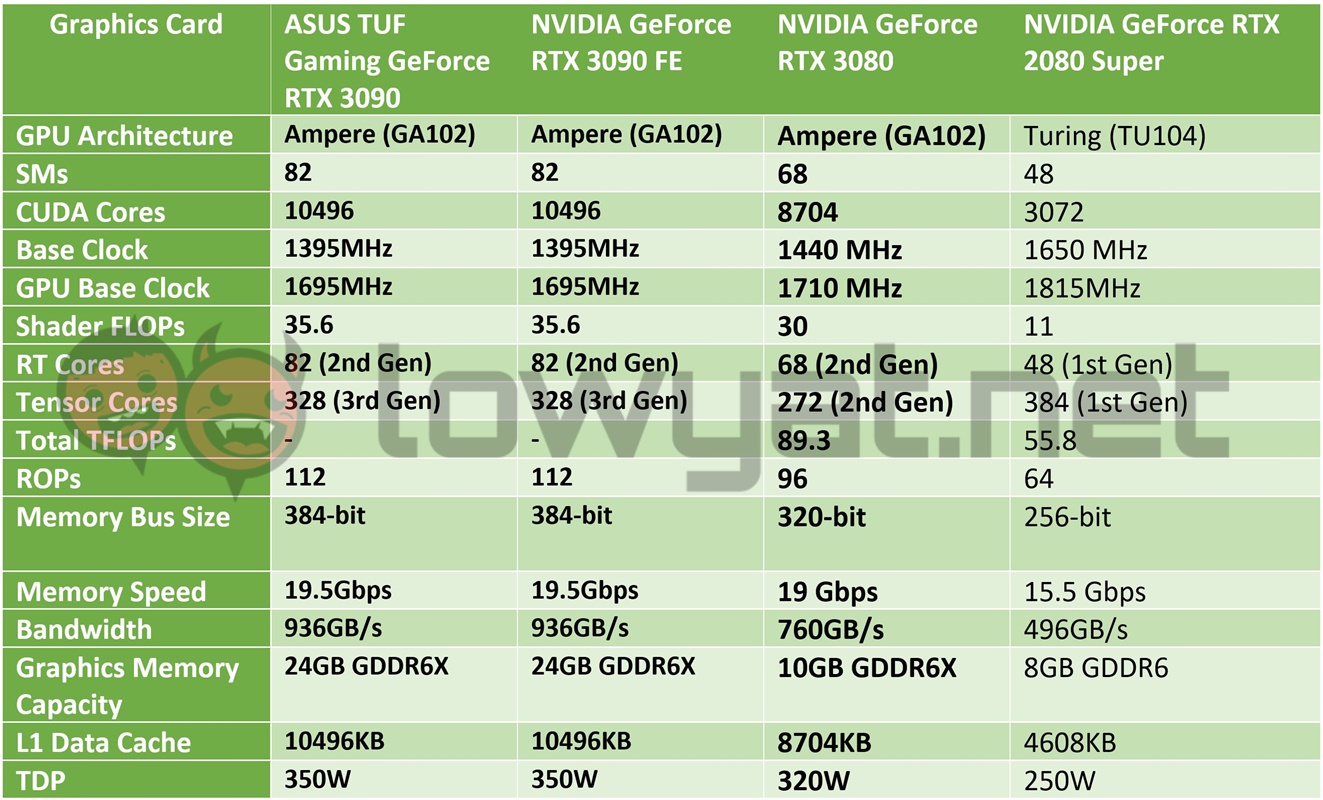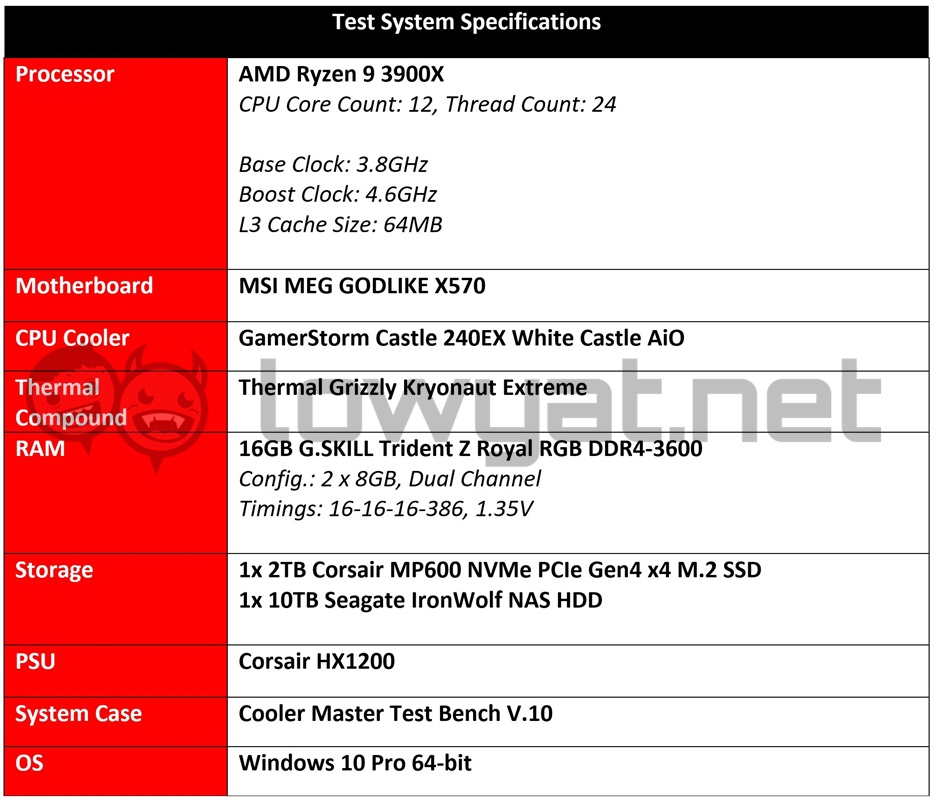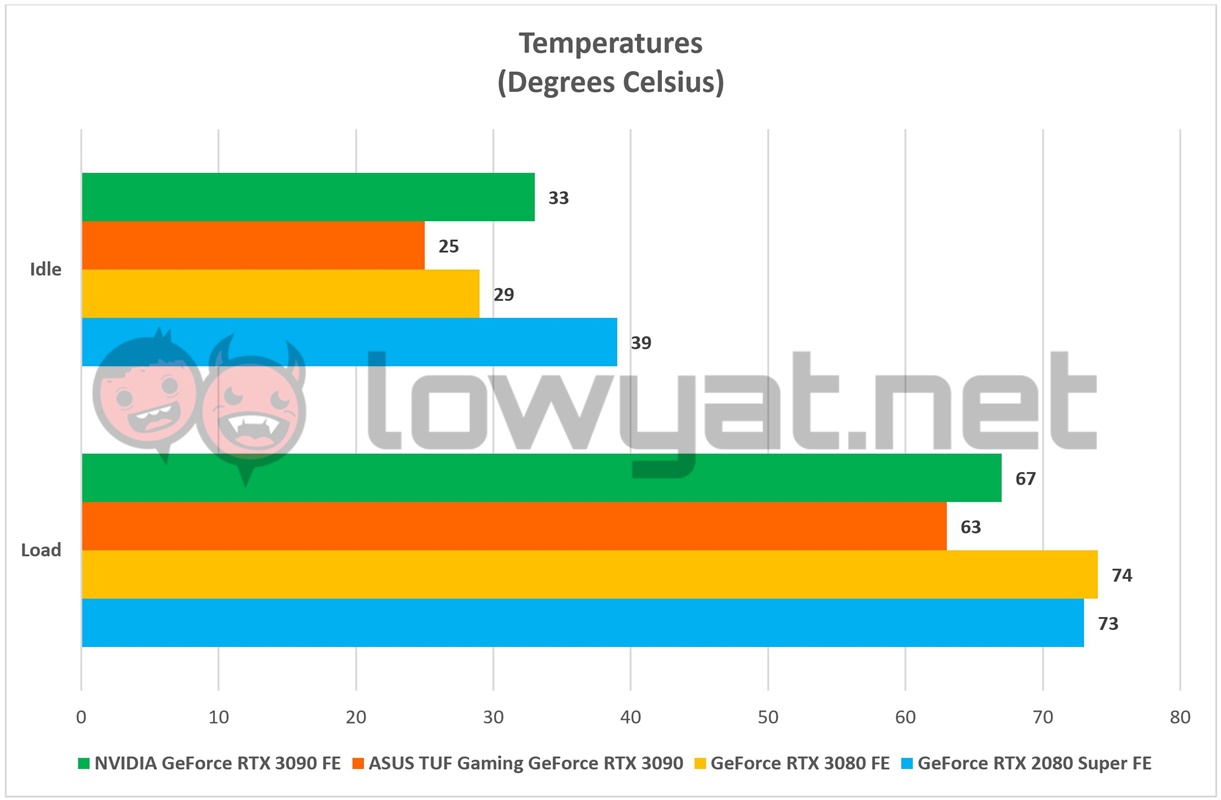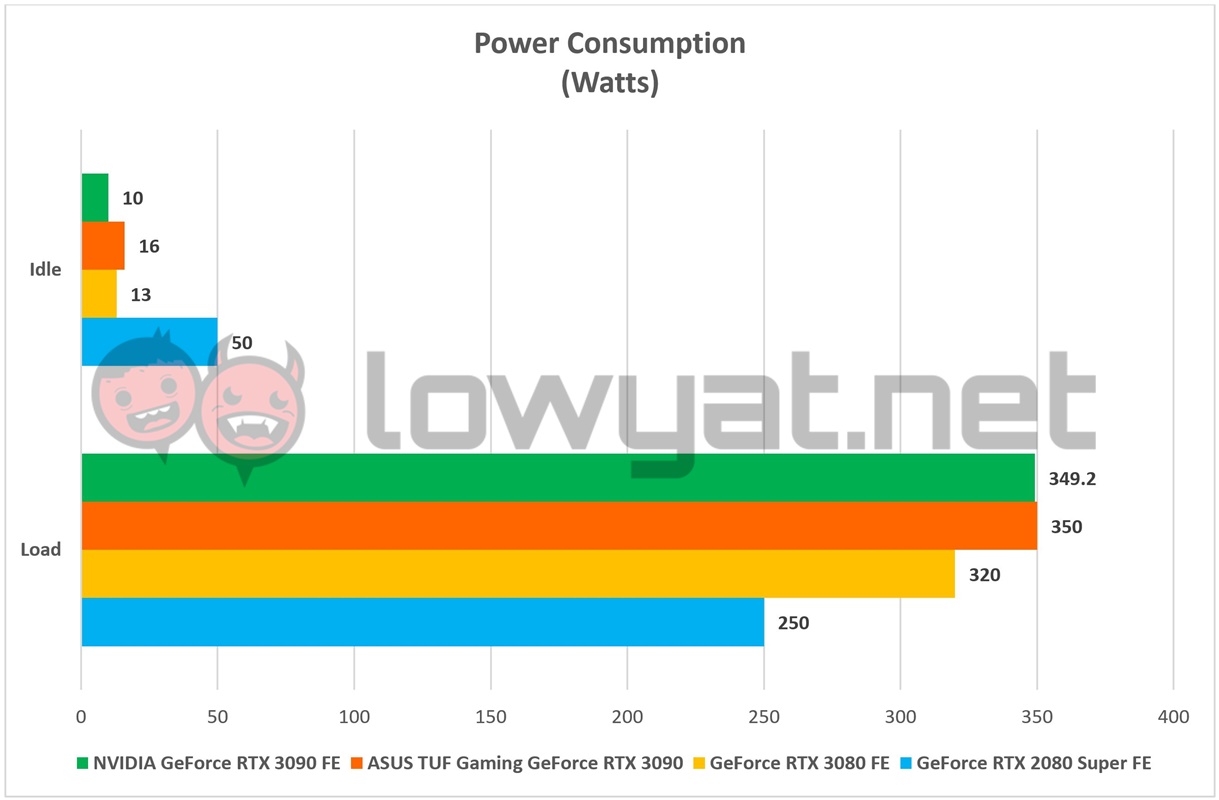NVIDIA’s GeForce RTX 3090 has been out on the market for more than half a month, and it certainly keeps and delivers on its promise of beastly performance. Provided that you are able to get yourself a unit at this stage.
While we’ve already seen the gaming prowess of the RTX 3090 from the perspective of a 3rd party cooling solution, I am instead going to be taking a look at the Founders Edition (FE) of NVIDIA’s massive Ampere-powered graphics card, otherwise known by its other term of endearment, the BFGPU.
Specification
Design
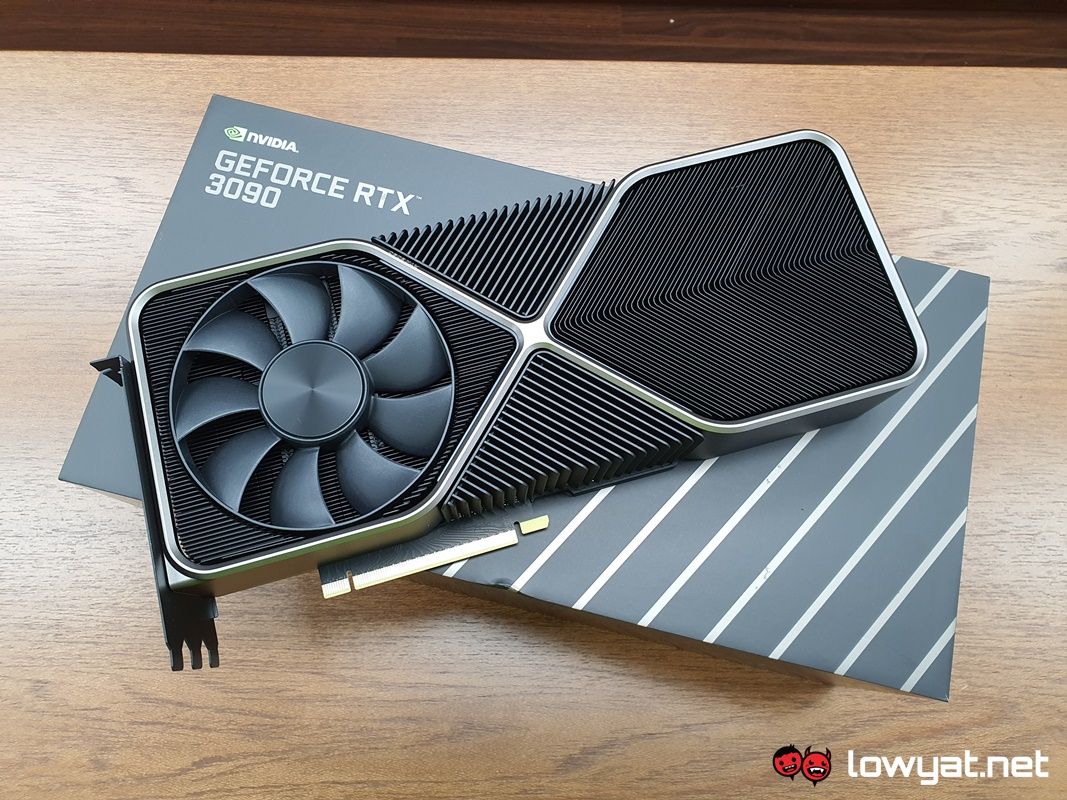
Because of the identical design between the RTX 3080 FE and RTX 3090 FE and the fact that I have already conducted a hands-on with the card, I’m not going to spend a lot of time talking about what went on in the minds of NVIDIA’s engineers when they decided to break from tradition. In order to radically redesign the cooling solution for the RTX 3090 FE.
Truth be told, the main differences between the two FE cards are size – the RTX 3090 FE’s cooler is physically bigger and heavier than the RTX 3080 FE – and the NVLink SLI bridge on the spine of the card.
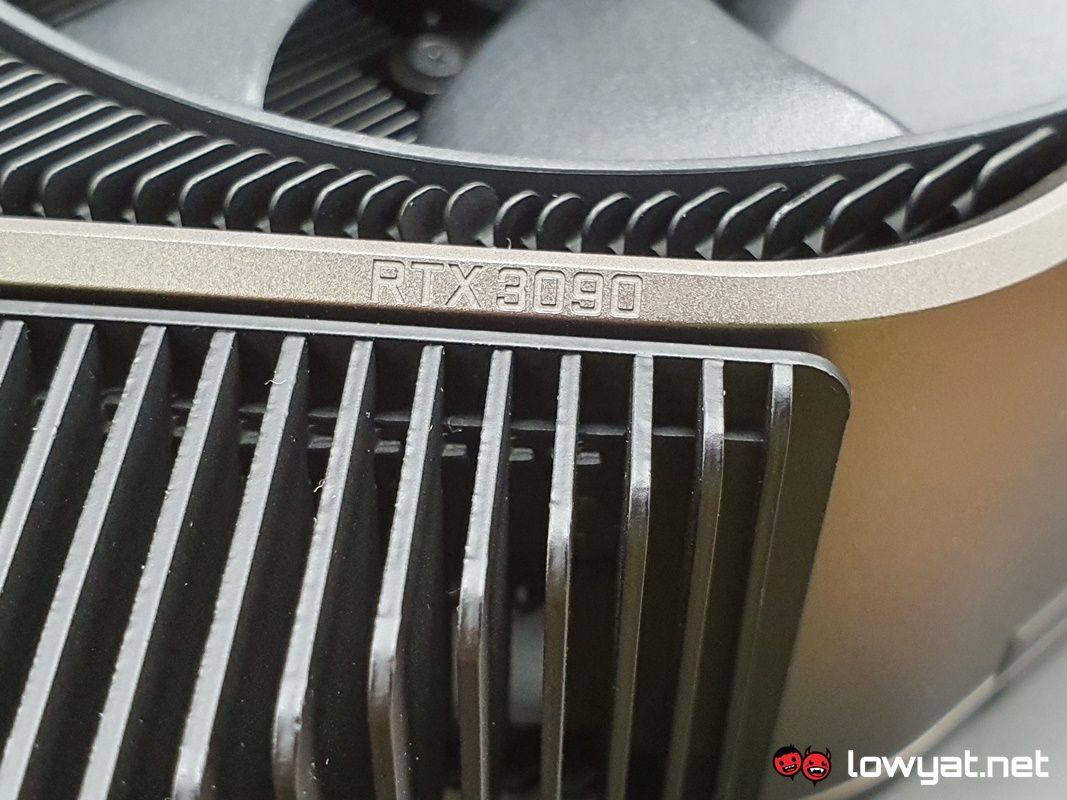
Also, if I didn’t already make it clear in my review of the RTX 3080 FE, this version of the card will not be available in our country, so you’re going to have to satiate your GPU cravings for the card through NVIDIA’s AiB partners. On that note, and this should already be clear, the card itself costs upwards of RM7208.
Testbench
The testbench I’m using is basically the same as before. I’m still using the AMD Ryzen 9 3900X, 16GB DDR4-3600MHz G.Skill’s Trident Z Royal RGB RAM, as well as an NVMe PCIe 4.0 SSD from Corsair. The only thing I have changed in the setup is the CPU cooler, which is now the GamerStorm Castle 240EX White Castle AiO.
On another note, I’m testing the card with NVIDIA’s 456.55 Game Reader driver that was originally released as a solution to the Crash To Desktop (CTD) issues some AiB partner cards suffered from, when their cards’ GPU went beyond 2GHz.
Benchmarks
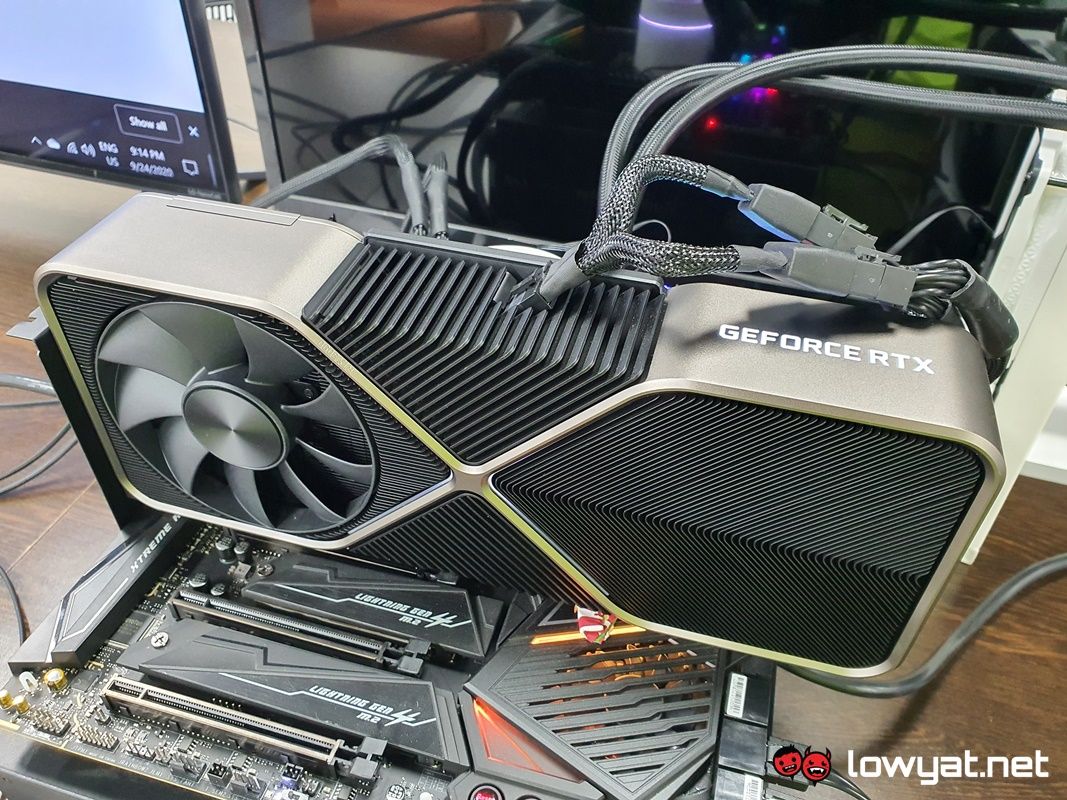
If you’re wondering why this review is only coming after the publications of my findings with ASUS’ TUF Gaming GeForce RTX 3090, it’s simply because, at the time, NVIDIA didn’t manage to send a unit in time for us to review.
The benchmarks remain the same and include UL’s 3DMark tests, Unigine’s Superposition, along with the Boundary and Bright Memory RTX and DLSS benchmarks that were provided to us by NVIDIA. For this review, I’m also adding a chart detailing the card’s performance on the SPECviewperf benchmark tool.
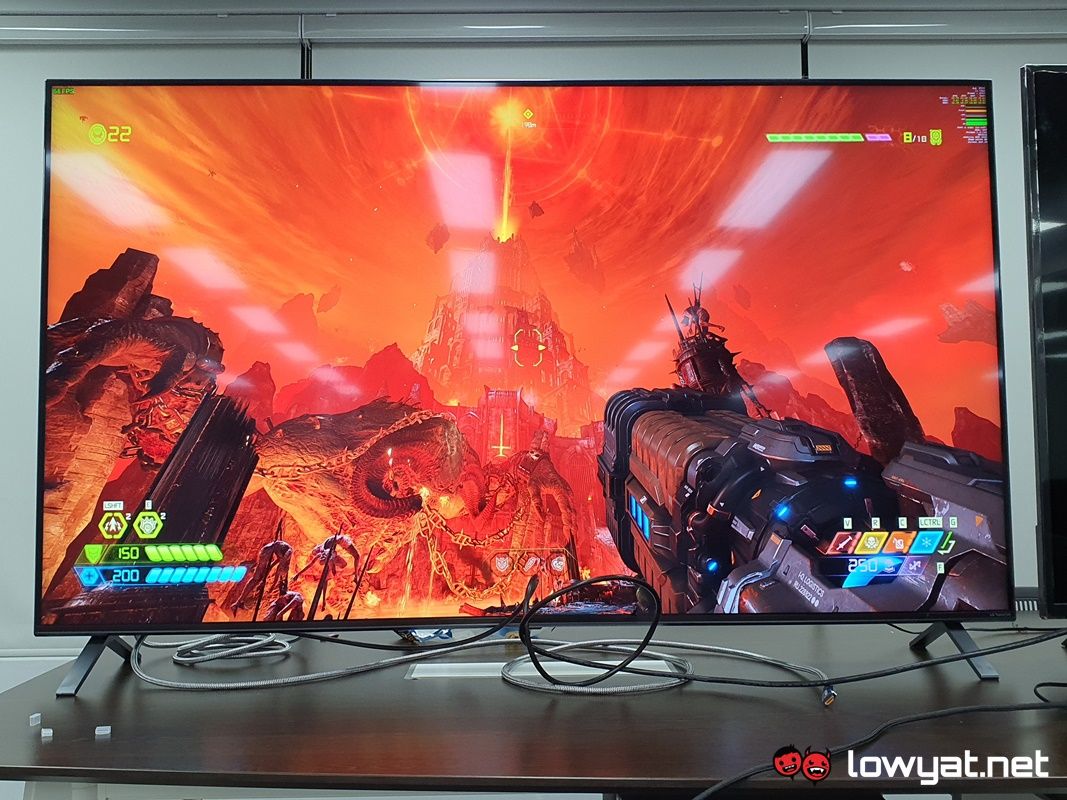
The games I’m using are also the same: Battlefield V (BFV), Control, Deux Ex: Mankind Divided (DXMD), DOOM Eternal, and Shadow of the Tomb Raider. Also as an extra added bonus, LG had sent in its NanoCell 8K TV for us to play with at the time of writing. Naturally, I wasn’t going to miss out on an opportunity to run a couple of titles that could handle 8K resolution, albeit with some sacrifices. But more on that later.
As you can see from the charts, the performance of the RTX 3090 FE is…well, more or less the same as the TUF Gaming GeForce RTX 3090. Even when does manage to take the lead, it’s never by a very large margin. That said, I had already managed my expectations, seeing that ASUS’ custom-cooled RTX 3090 wasn’t factory overclocked and ships out with the default base and boost clocks.
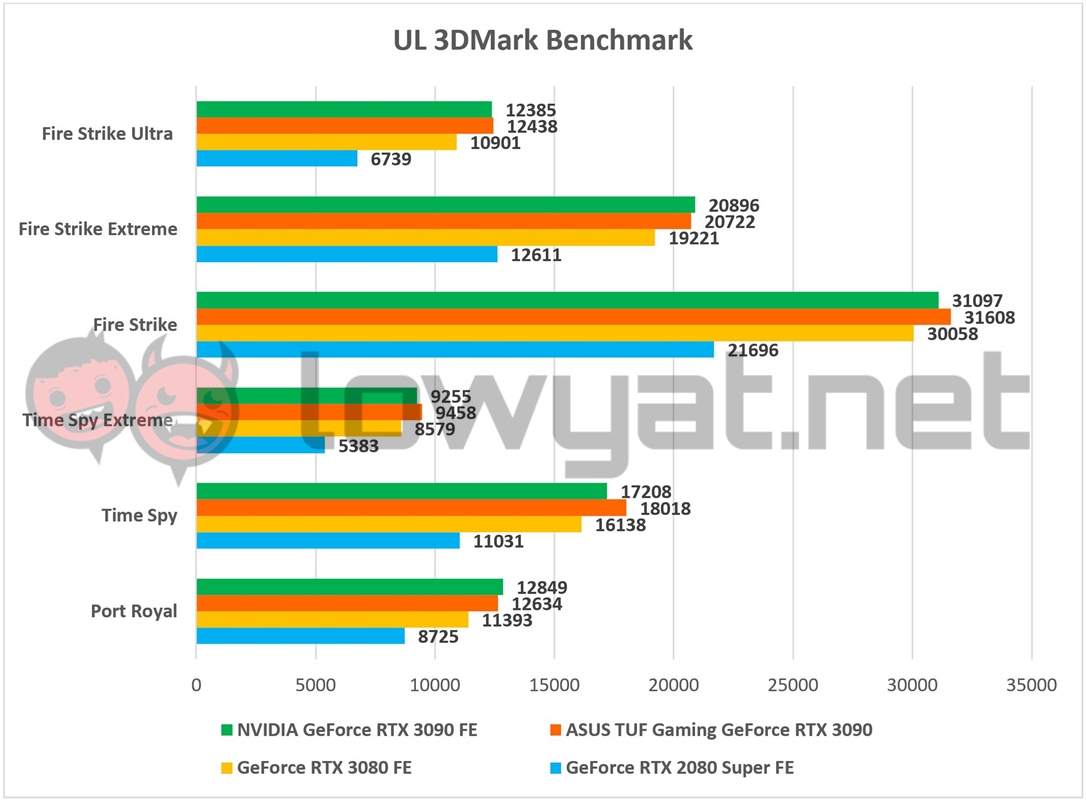
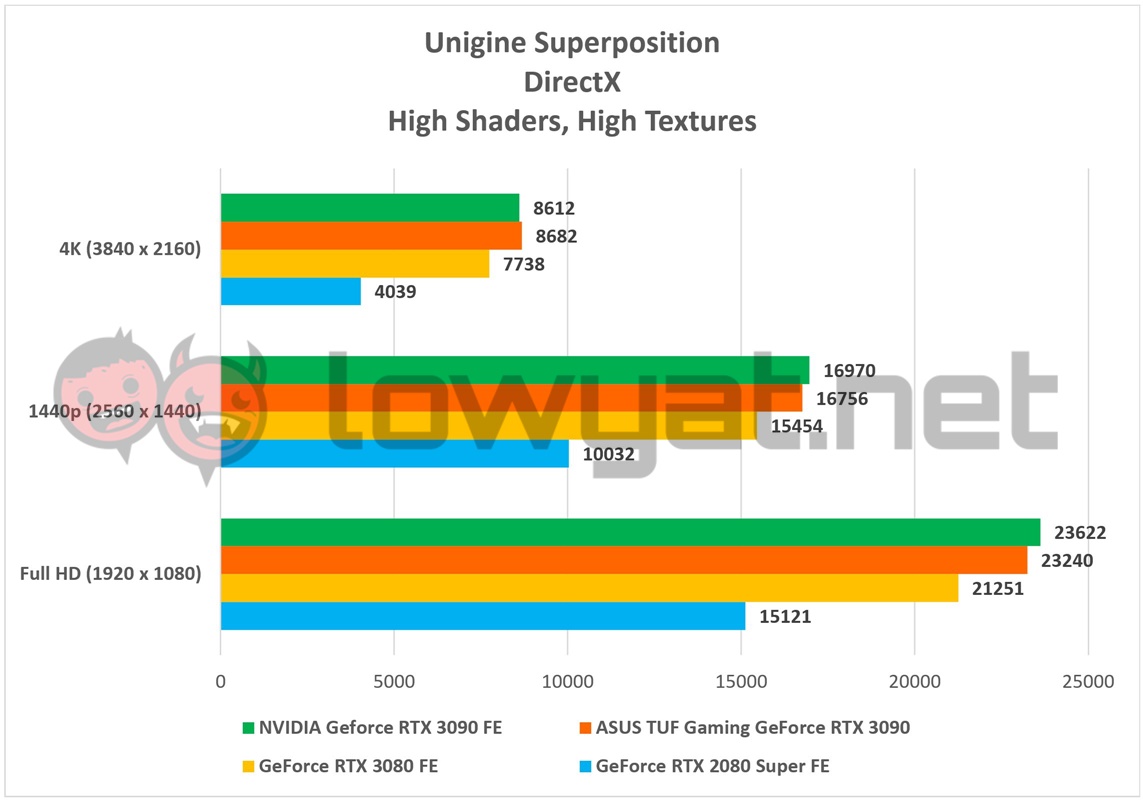
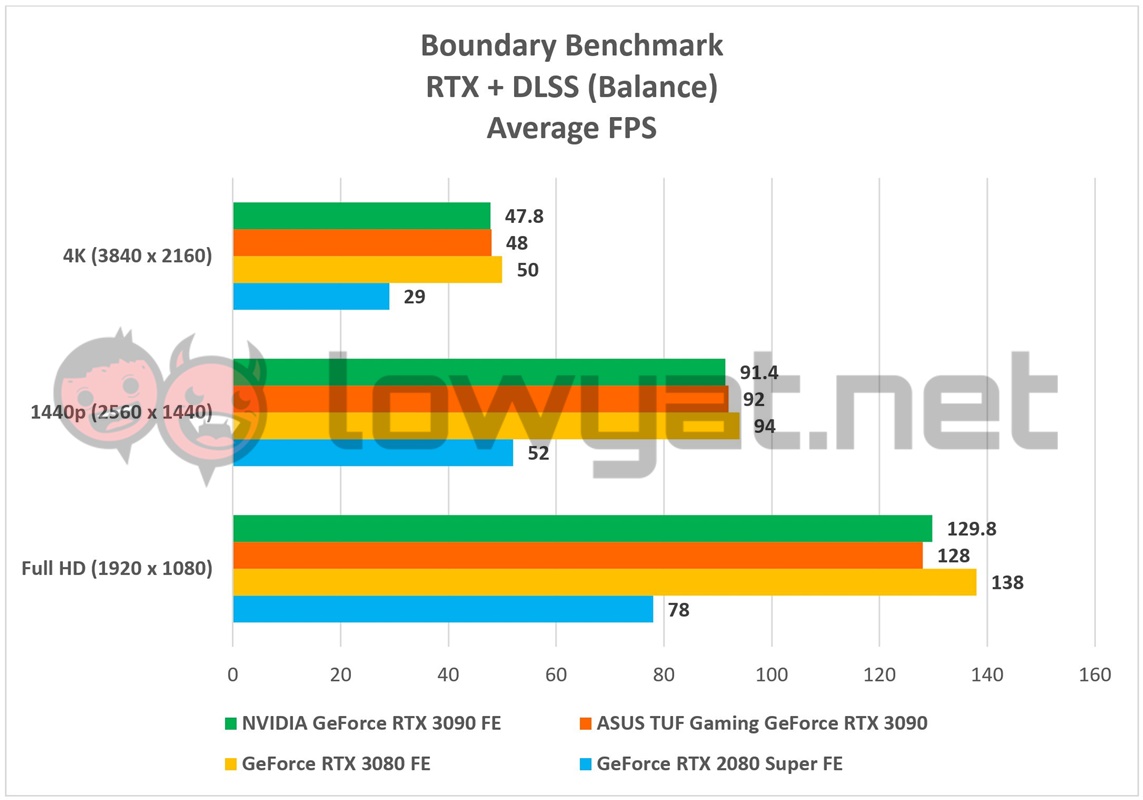
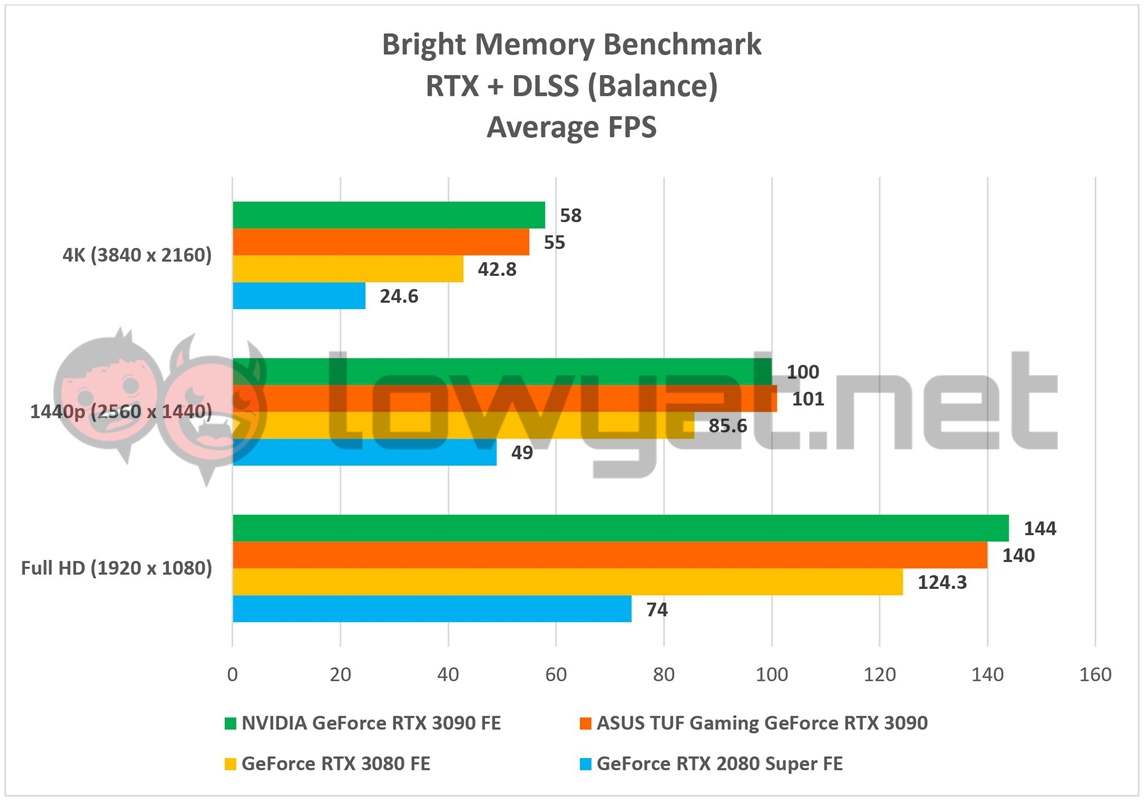
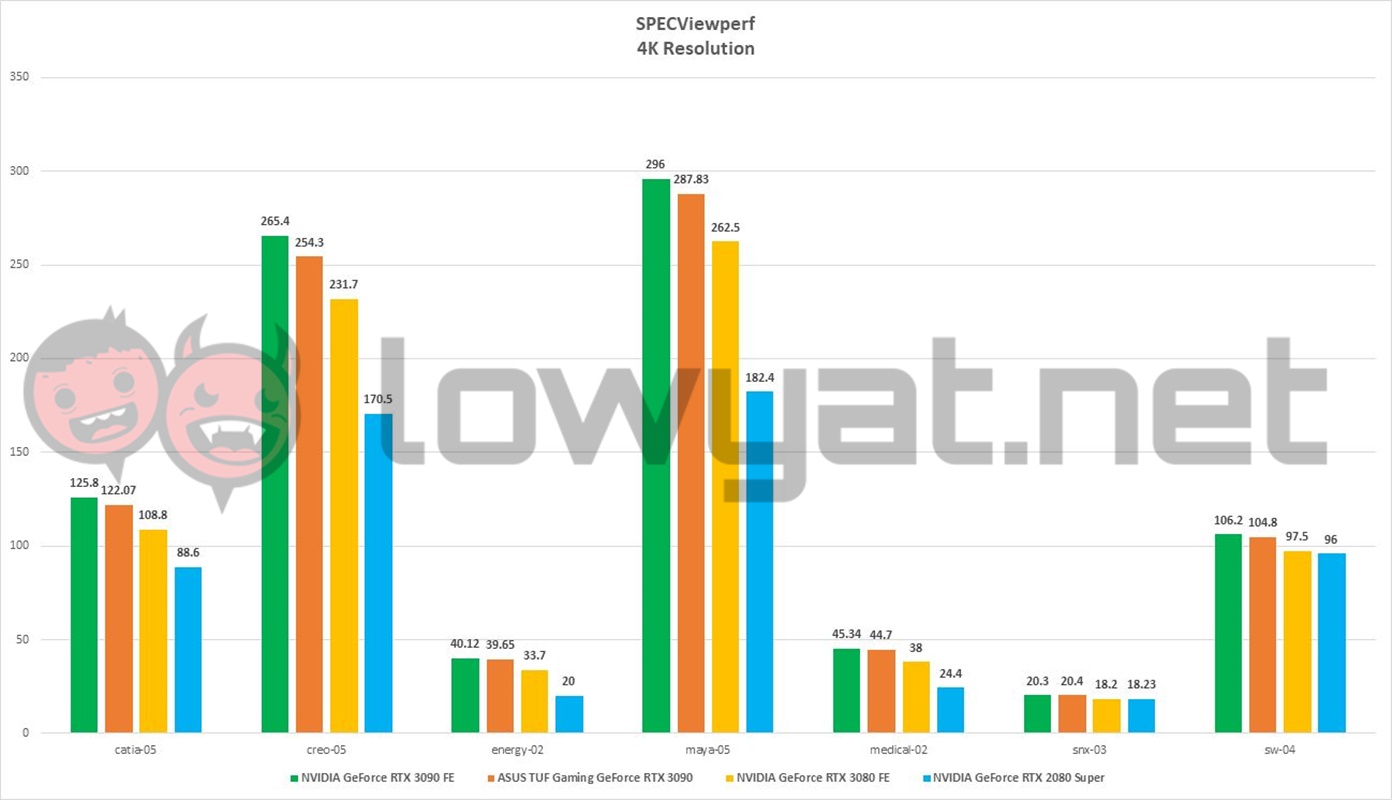
It’s the same story with gaming as well. The RTX 3090 FE fares a little worse than the TUG Gaming RTX 3090 in some titles but returns to form by matching it in other games. The one major issue that we see here again though, is that the card never really manages to put its foot down on all 24GB of its GDDR6X memory.
The reason for this is, as NVIDIA has explained several times before, the RTX 3090 wasn’t technically designed for gaming and actually fare much better as a workhorse for video editing and other professional visualisation tasks. In the Blackmagic DaVinci Resolve 16 software, having 24GB of GDDR6 enables the ability to scrub 8K video without a hitch, while attempting to pull off the same task with an RTX 3080 may vary in success.
Even on other programs such as Blender, rendering a scene at the same 8K resolution takes no more than a few seconds, whereas pulling off the same task with the RTX 3080 would sometimes cause the program to crash mid-render.
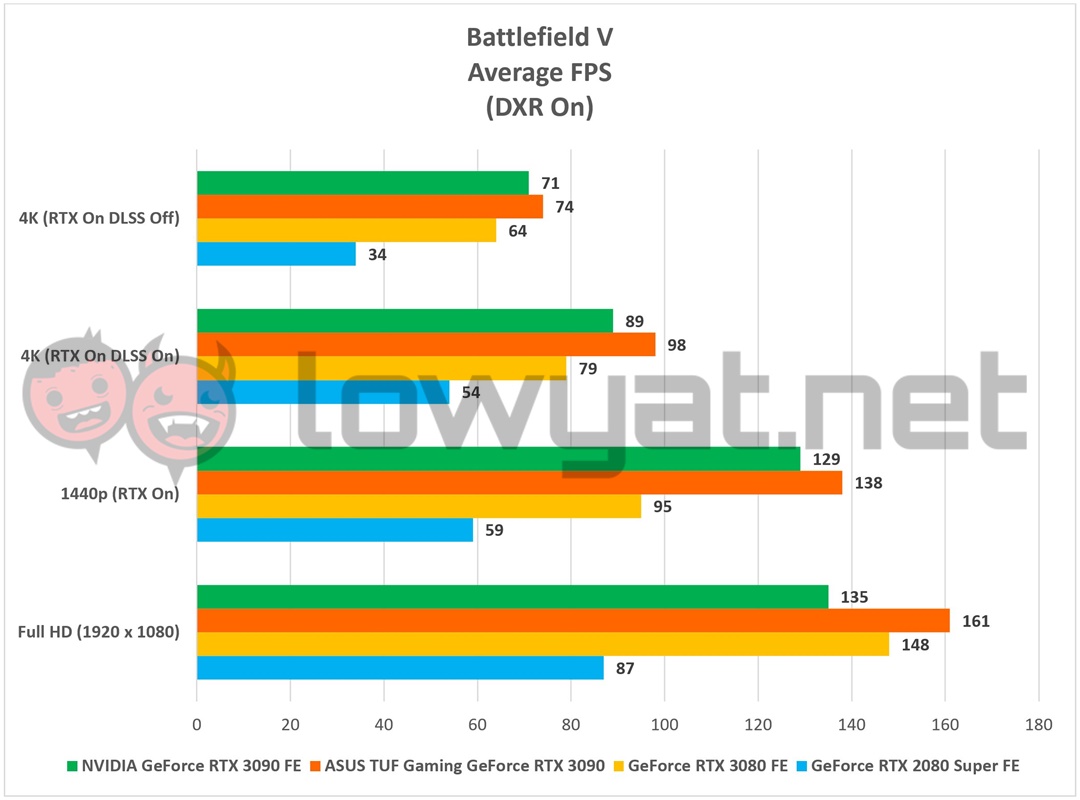
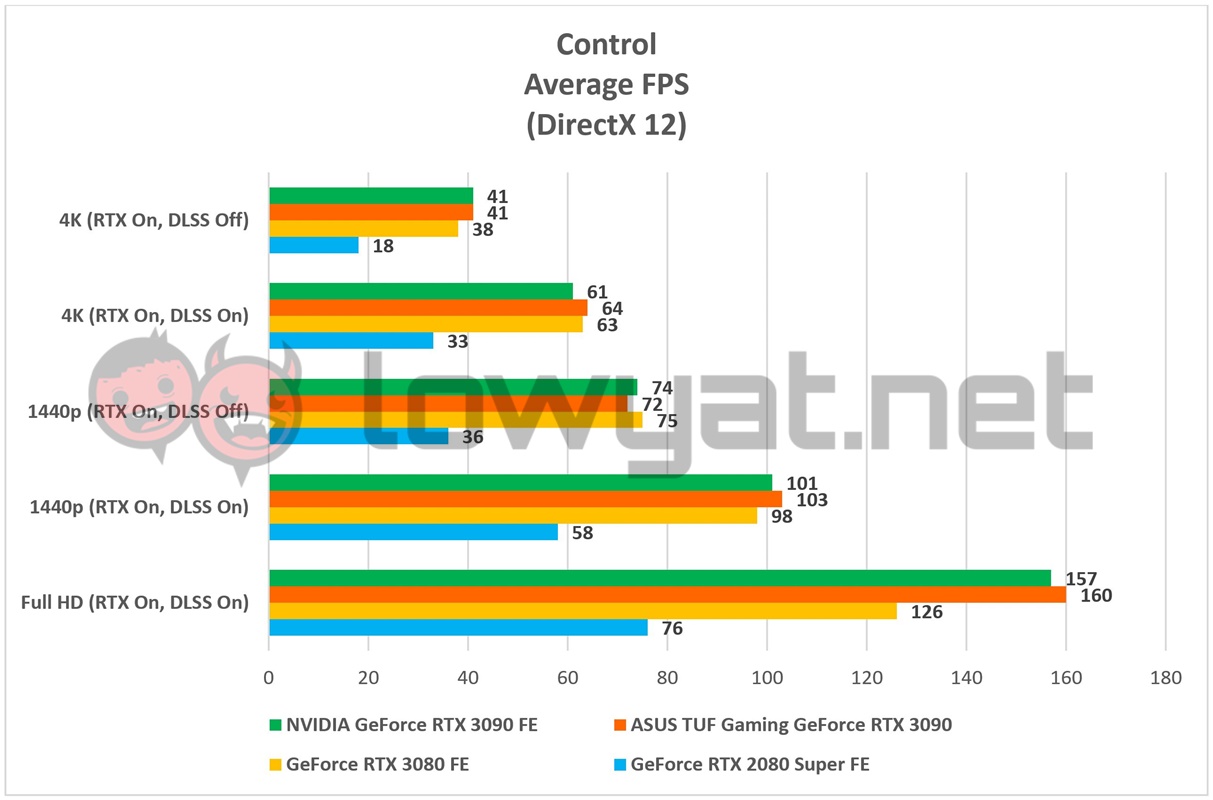
Control is one of the few titles that really shows the RTX 3090 FE’s limitations as well; even at its highest settings, the card’s performance metrics never seems to be any better than the RTX 3080 or TUF Gaming RTX 3090, even with RTX and DLSS on, the latter set to balanced resolution for upscaling. The only exception to the rule is when the game is being run at Full HD, where the card really pulls ahead of its sibling.
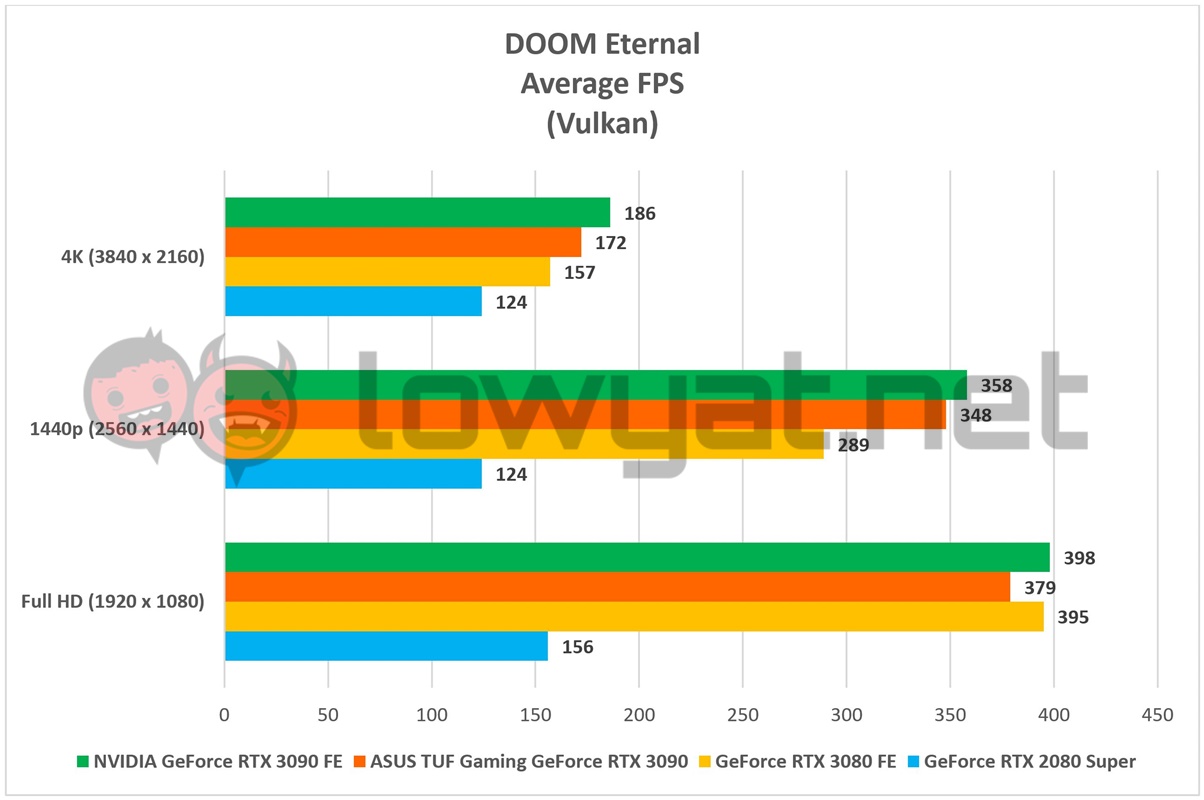
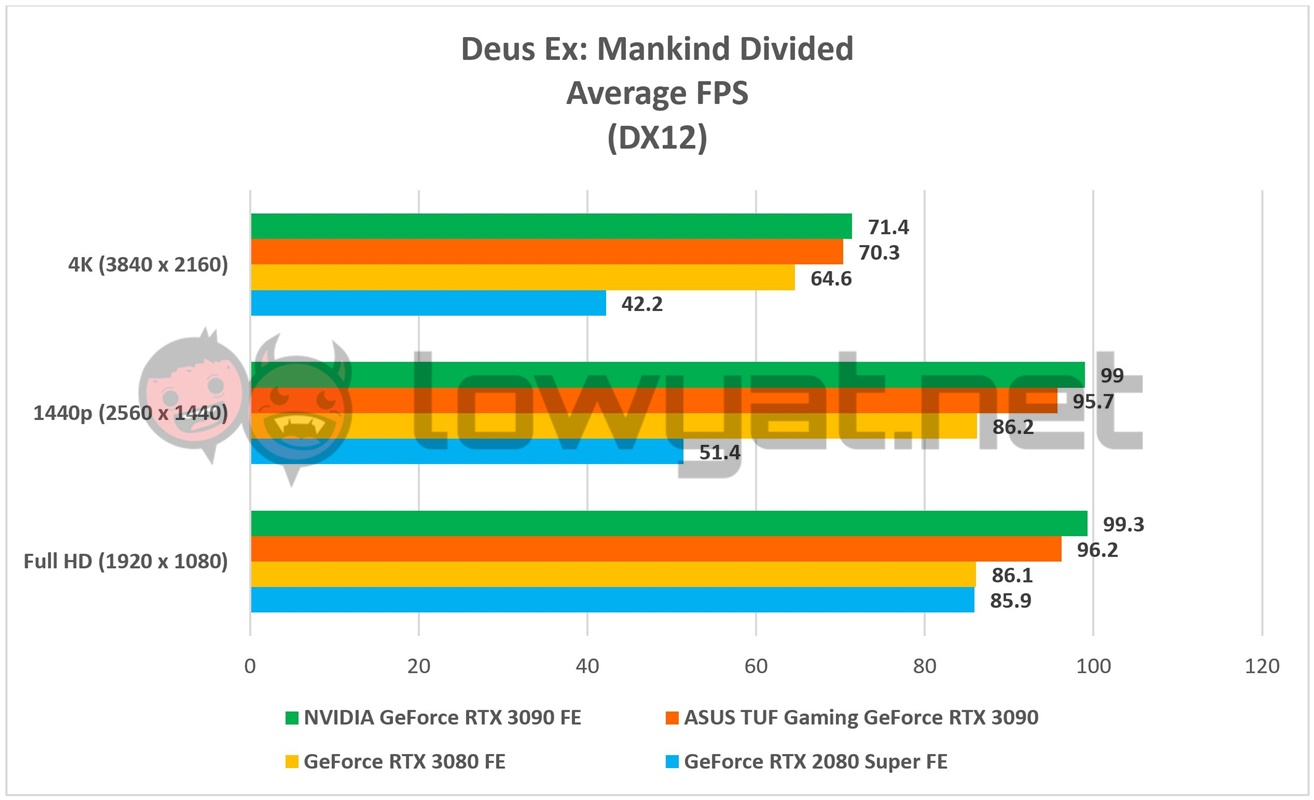
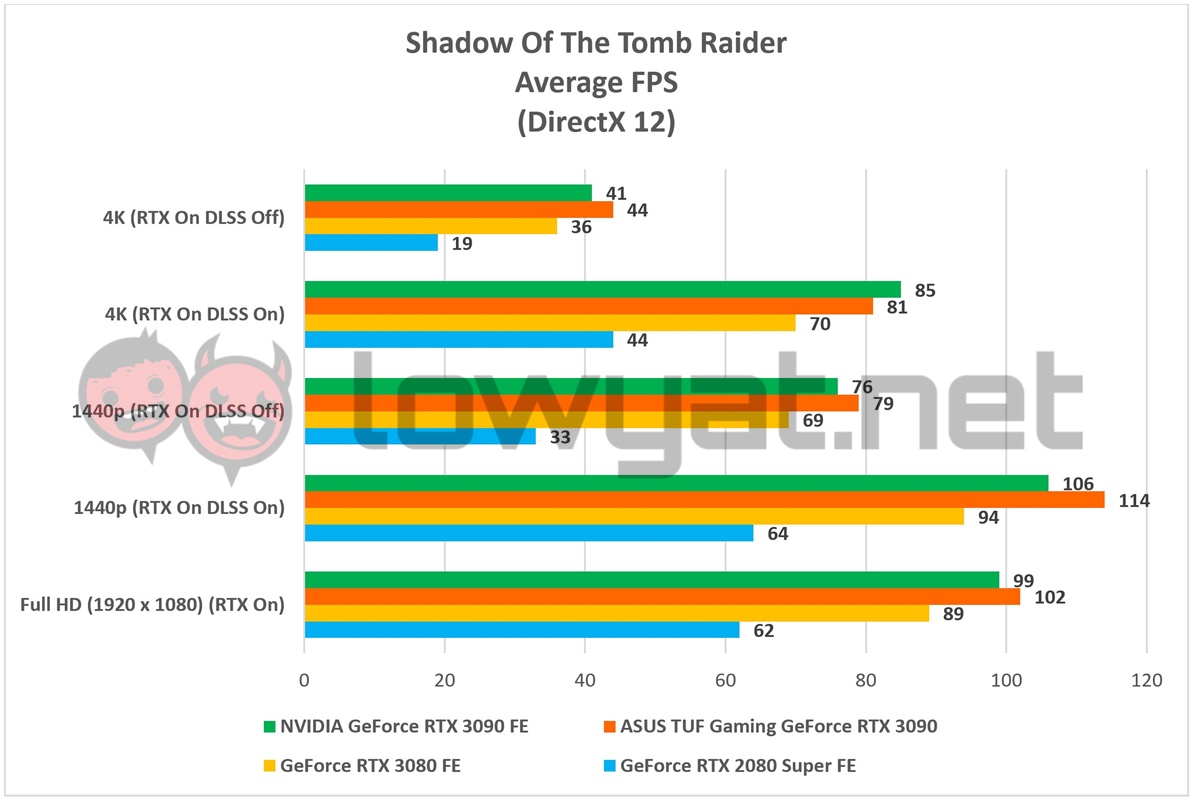
Then there’s the topic of gaming at 8K resolution. It is, at current, a novelty, simply because the resolution is far from being the standard or norm amongst gamers. And even if you are able to game at 8K, don’t expect the RTX 3090 FE to sustain 60 fps on the big screen without making some sacrifices in the graphics settings. Specifically, turning DLSS on, whenever applicable.
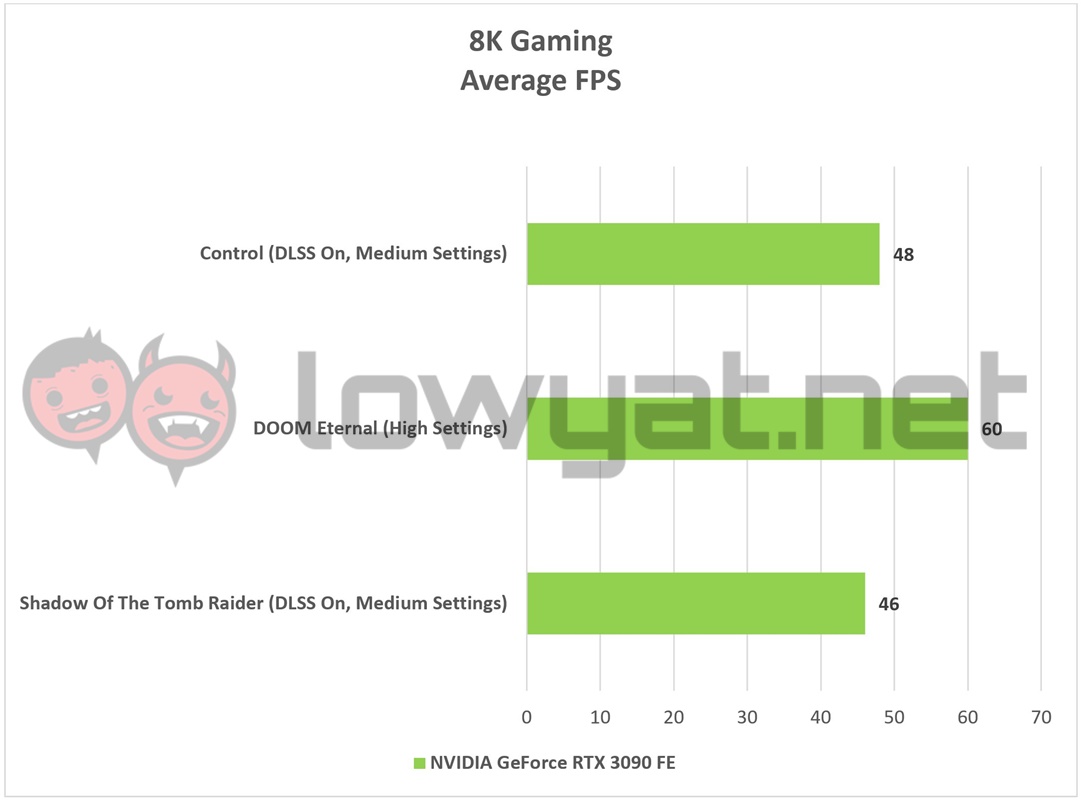
With games like Control, even dumbing down the graphics details to the Medium preset sees the RTX 3090 unable to hit the 60 fps mark. Likewise, maintaining the framerates above 40 fps in Shadow of the Tomb Raider is only possible with some decrease in its graphics fidelity.
DOOM Eternal is, surprisingly, the only title that manages to sustain 60 fps without taking too hard of a hit; instead of Ultra Nightmare, the game was able to run on the High graphics preset. Even then, the end result still looks as good on the LG NanoCell as it would on a regular 4K gaming monitor.
Temperature and Power Consumption
One of the more surprising aspects of the RTX 3090 FE was just how much cooler it runs, compared to the RTX 3080 FE. On a full load, we’re looking at an average difference of 7°C between the two cards, and 4°C when idle.
From my observations, the lower temperatures of the RTX 3090 FE could literally be attributed to the sheer size of the card; while it shares the same unique heatsink design as the RTX 3080 FE, being thicker, longer, and wider in size translates to more efficient heat dissipation. Straight from the GPU all that metal is in contact with.
As for power consumption, RTX 3090 FE consumes the same amount of power as the and TUF Gaming RTX 3090.
Conclusion
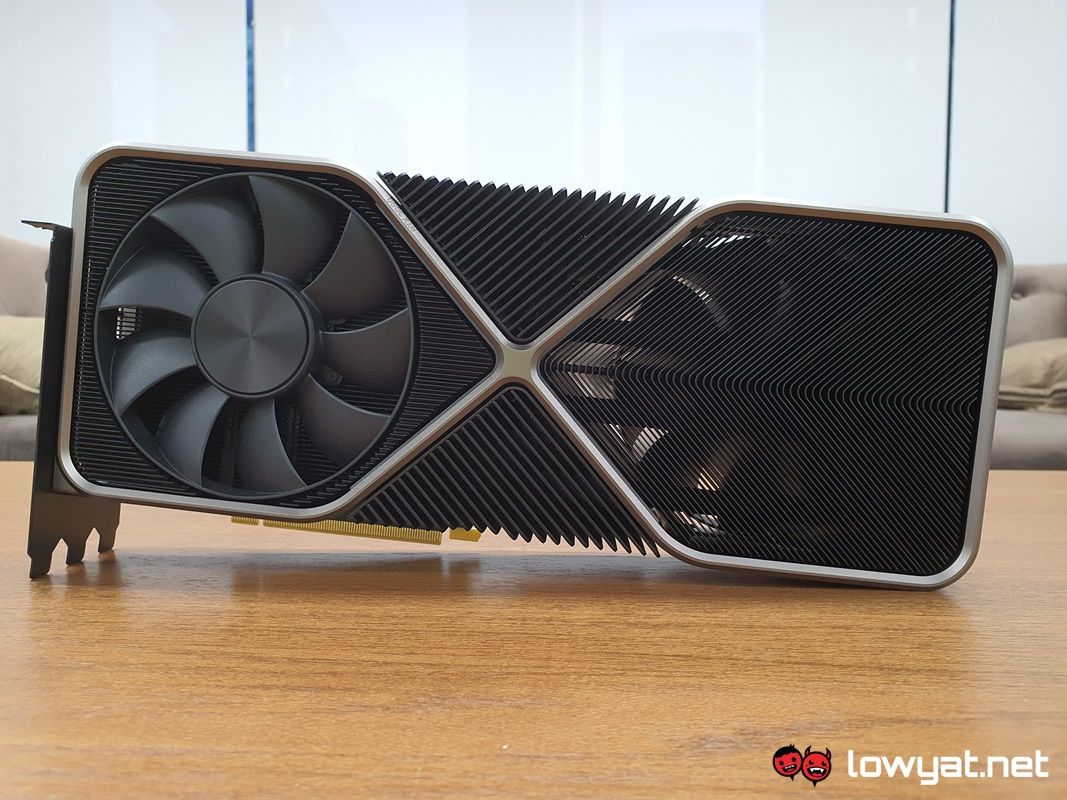
NVIDIA’s GeForce RTX 3090 FE is undoubtedly a powerful card, but as I said with the ASUS TUF Gaming GeForce RTX 3090, the card is not entirely dedicated to the gaming spectrum and more in alignment with being a beast of burden for tasks that include professional visualisation, video editing, and content creation.
To be clear, this isn’t me saying that the RTX 3090 FE is terrible at gaming, but considering its performance metrics with the RTX 3080 FE, you’re honestly better off with the latter. That, and the fact that an RTX 3090 retails at more than double the cost of an RTX 3080.
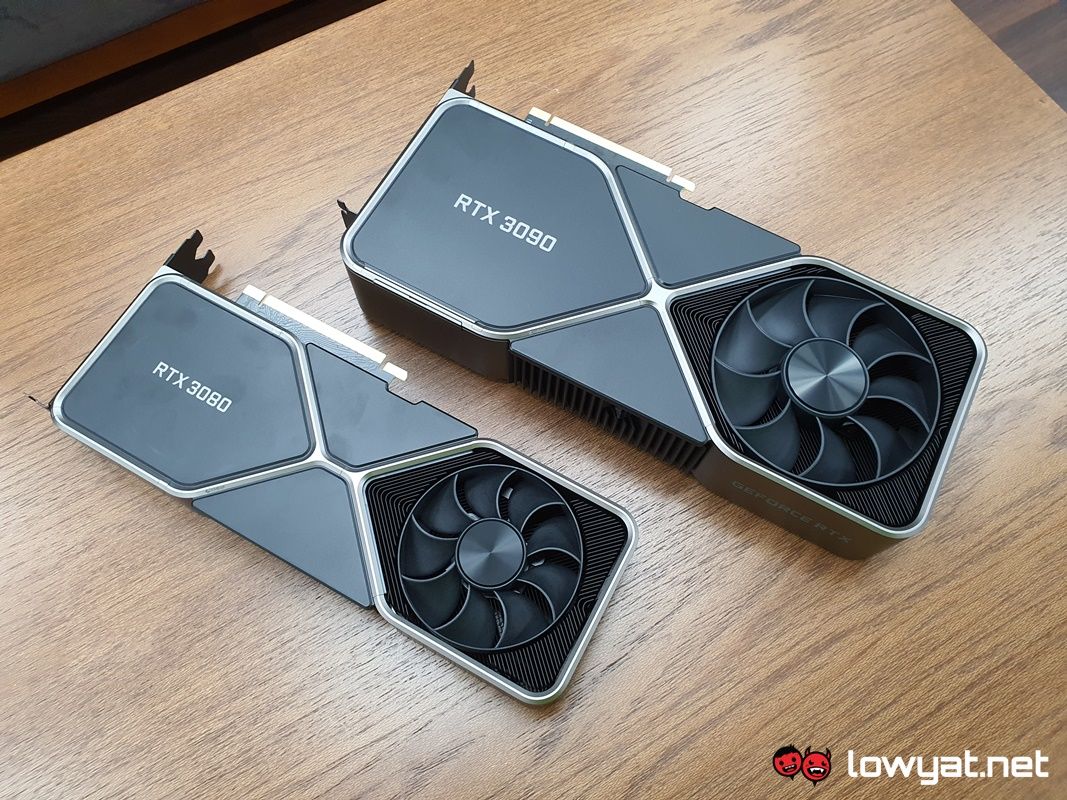
Of course, if you do have the cash to burn and you honestly want bragging rights, or you’re setting your desktop PC up for a dual RTX 3090 configuration, we’re not going to stop you from purchasing the card. As a final reminder, the Founders Edition isn’t going to be available in Malaysia, so you are going to have to rely on NVIDIA’s AiB partner cards if you intend on buying one.
Follow us on Instagram, Facebook, Twitter or Telegram for more updates and breaking news.


